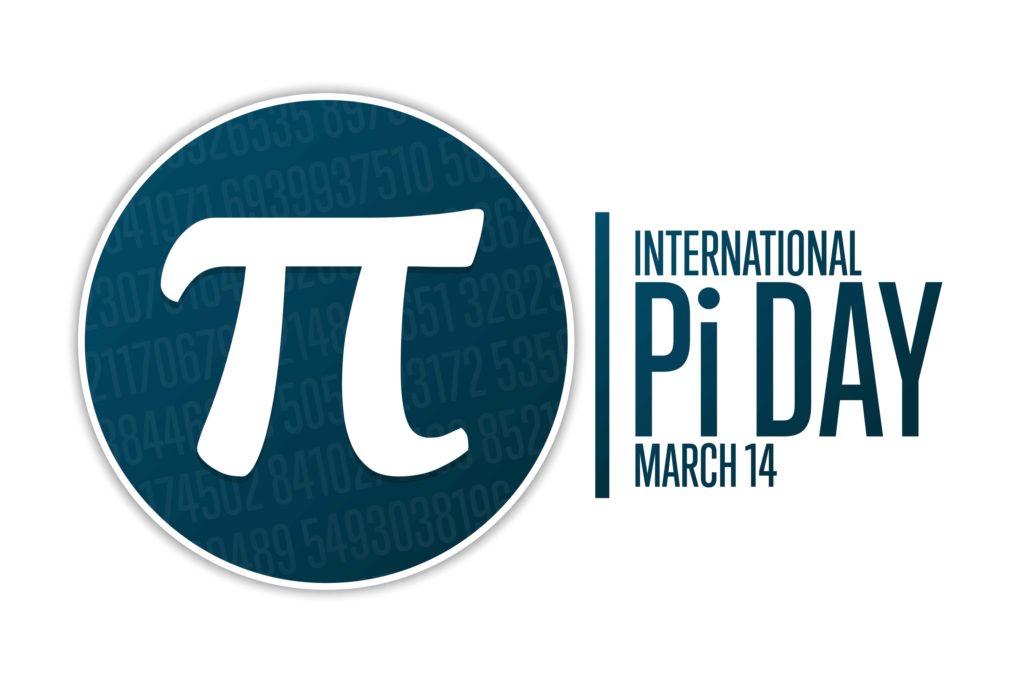It’s Time To Celebrate Pi! (March 14)

What is completely closed but has no end?
The number Pi, pronounced just like “pie,” is the ratio of a circle’s circumference to its diameter, and is truly unique. Any time you measure a circle, you’ll find that the length around it is always a bit longer than three times its diameter: 3.141592654.
However, Pi doesn’t end at the number 4 (it only seems to because the calculator runs out of space after 4). In reality, Pi is an infinite number, though it’s usually represented numerically simply as 3.14.
Since Pi is endless, its true value cannot be known, which makes it an anomaly in the number world. Since the times of ancient Greece, mathematicians have asked themselves how a number representing a circle, which is closed, can have no end.
It took about 4,000 years for someone to finally unravel the mystery of Pi. In 1882, German mathematician Ferdinand von Lindemann proved that Pi is transcendental, meaning it’s not algebraic. In other words, it’s simply an irrational number. Nevertheless, it’s impact has been huge.
Why Celebrate Pi?
Since 1988, Pi Day has been celebrated on March 14. Pi is probably the most important number we have. For thousands of years, humans have used Pi to solve problems in architecture and mathematics. It’s a useful value due to the fact that it represents the circle, making it useful in formulas to solve problems in a number of fields, including math, architecture, robotics, physics, and space. Just as Pi is endless, so too are its benefits.















